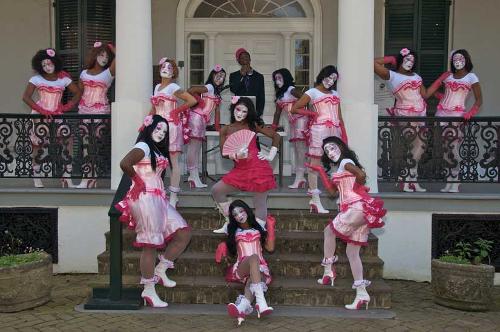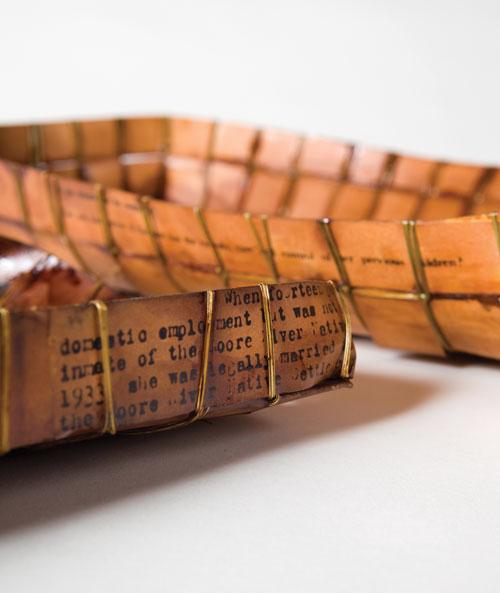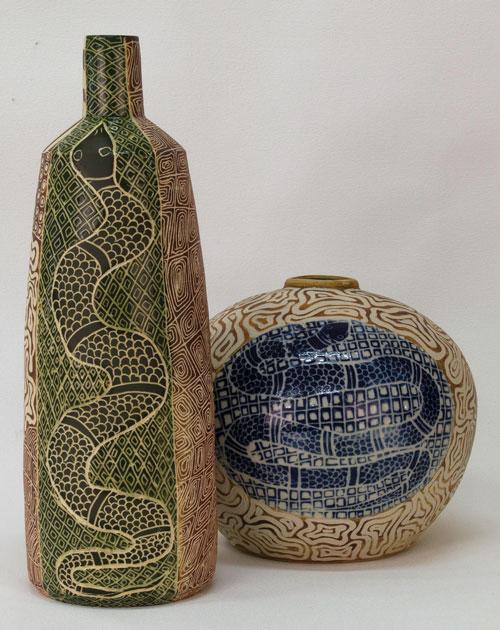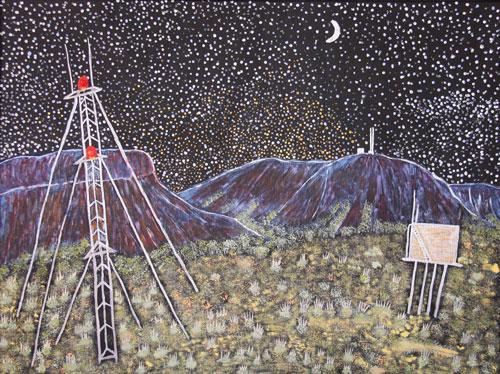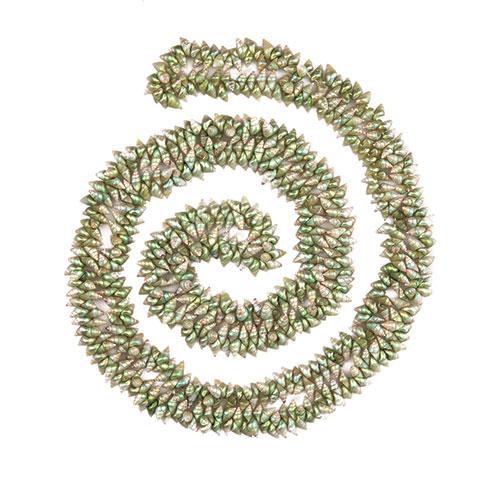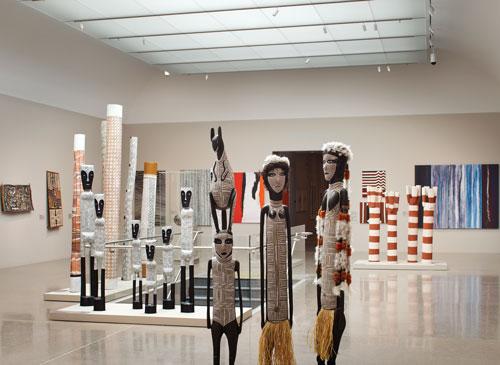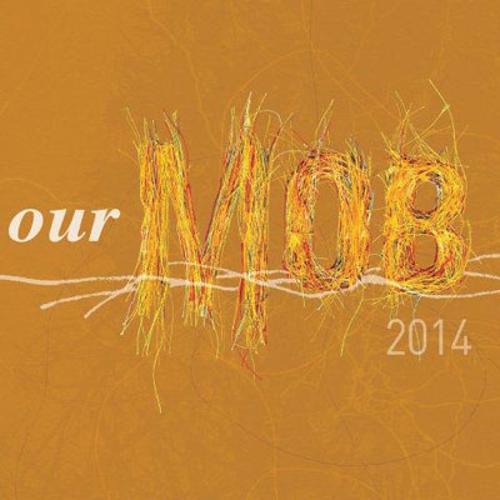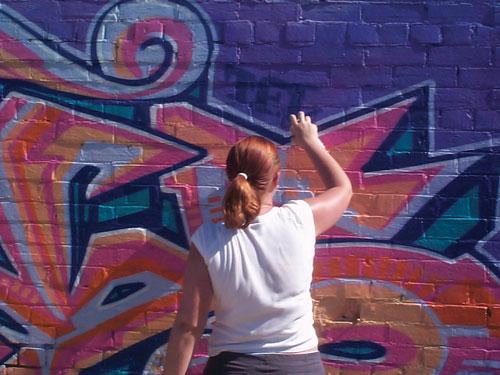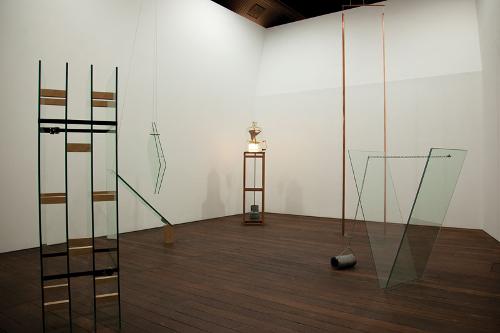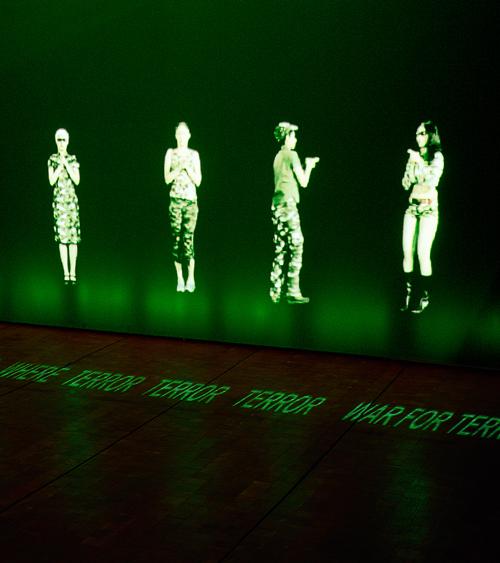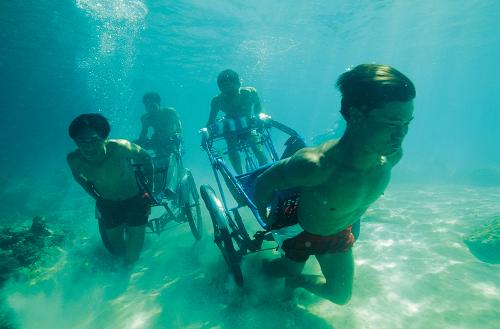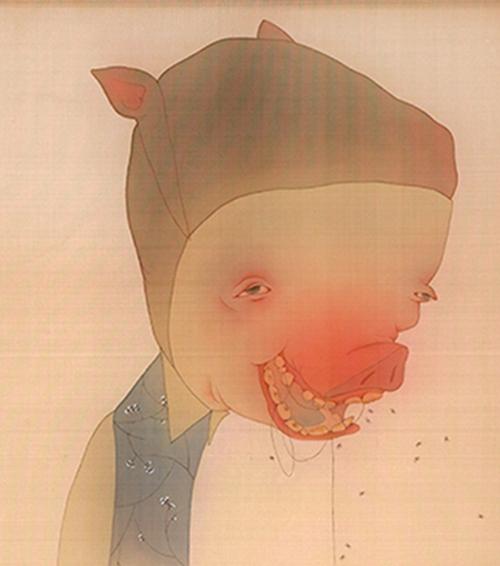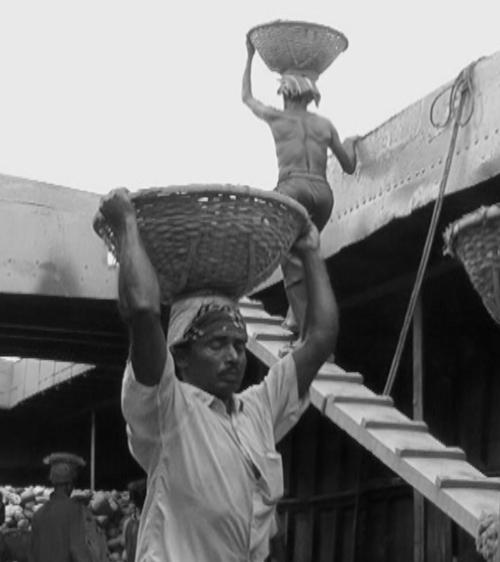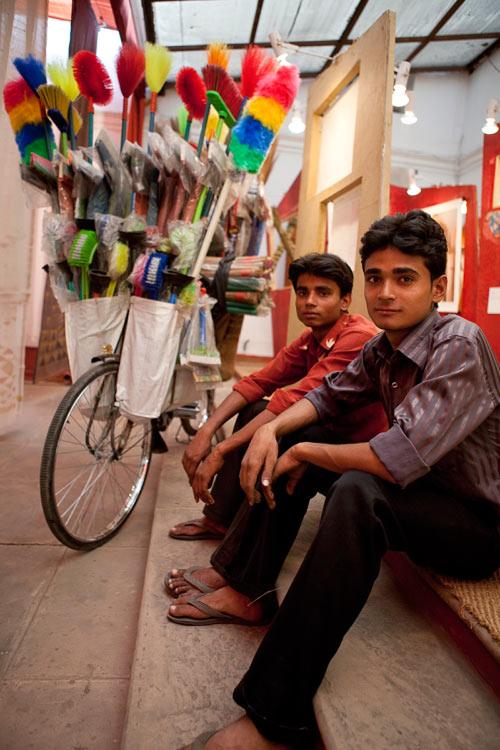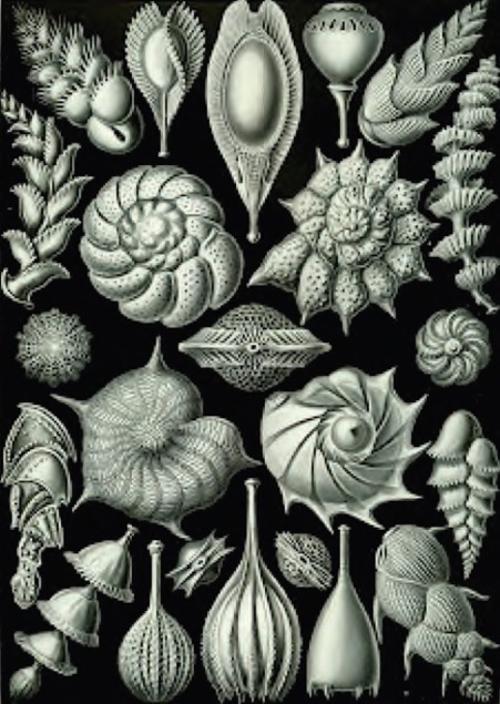Search
You searched in Feature ...

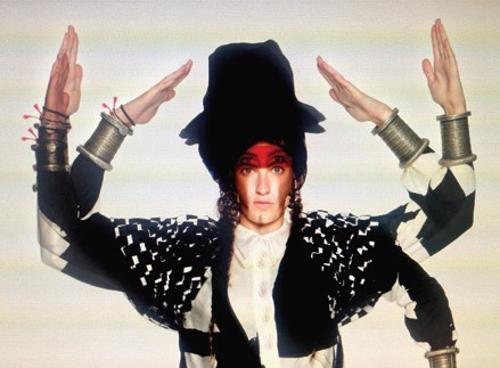



Associate Professor Joanna Mendelssohn looks over the last twenty-five years of tertiary art education and wonders where the intake of students from a broad socio-economic spectrum has gone and where the subsequent shrinking cultural conversation leaves Australia?
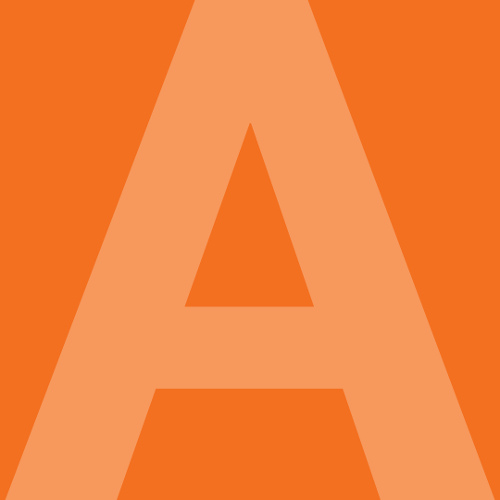
Professor Pat Hoffie of Griffith University, interviews the two new Directors of the IMA, Aileen Burns and Johan Lundh, and contextualises their appointment in the Contemporary Art Space context of 2014.



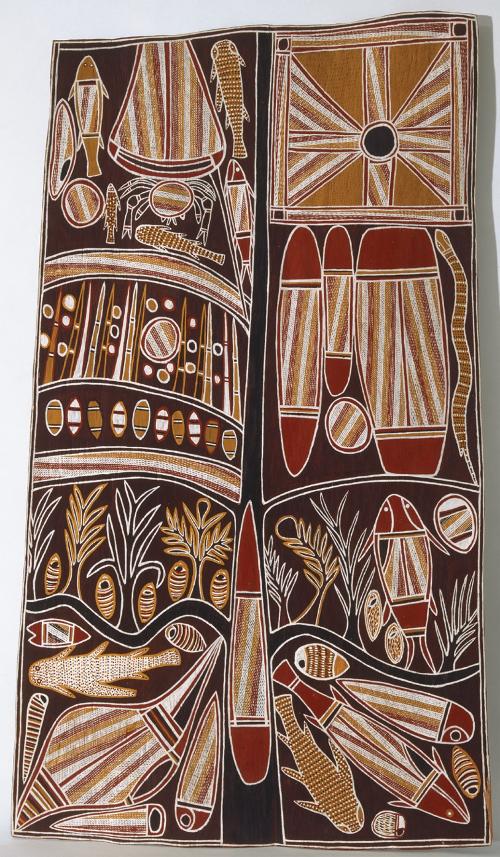








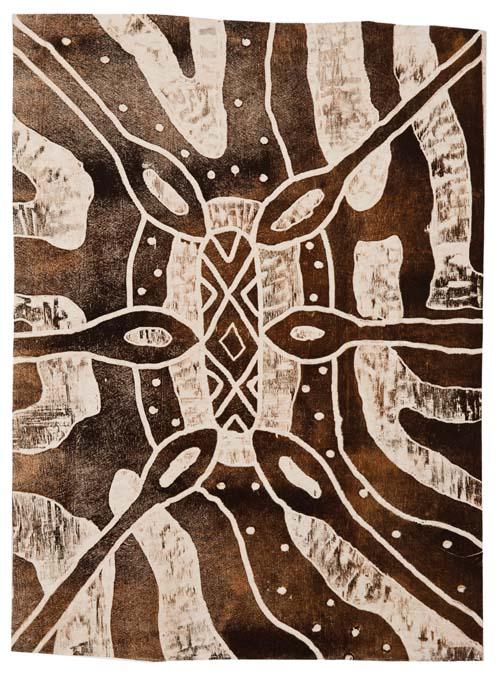
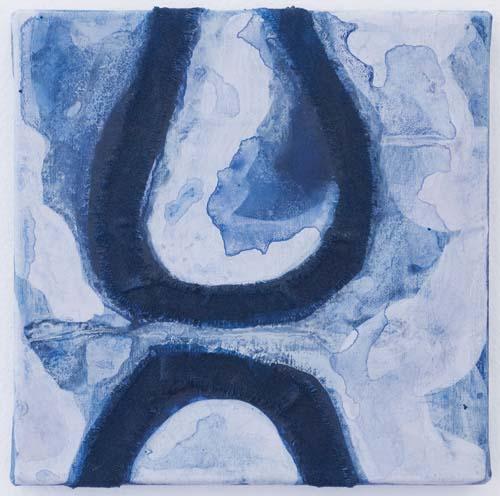


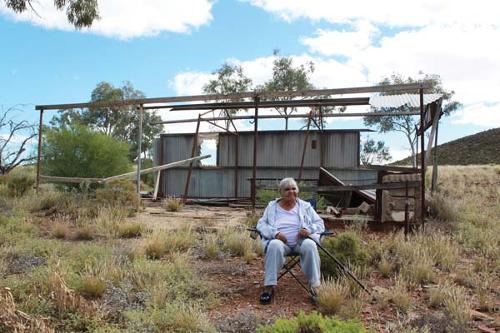




From September 11, 2011 to January 8, 2012 an exhibition called September 11 curated by Peter Eleey was held at MoMA PS1 in New York. Charity Bramwell describes key works in this "shocking and intriguing" exhibition which commemorated the tenth anniversary of the historic attacks on the World Trade Centre Twin Towers.
